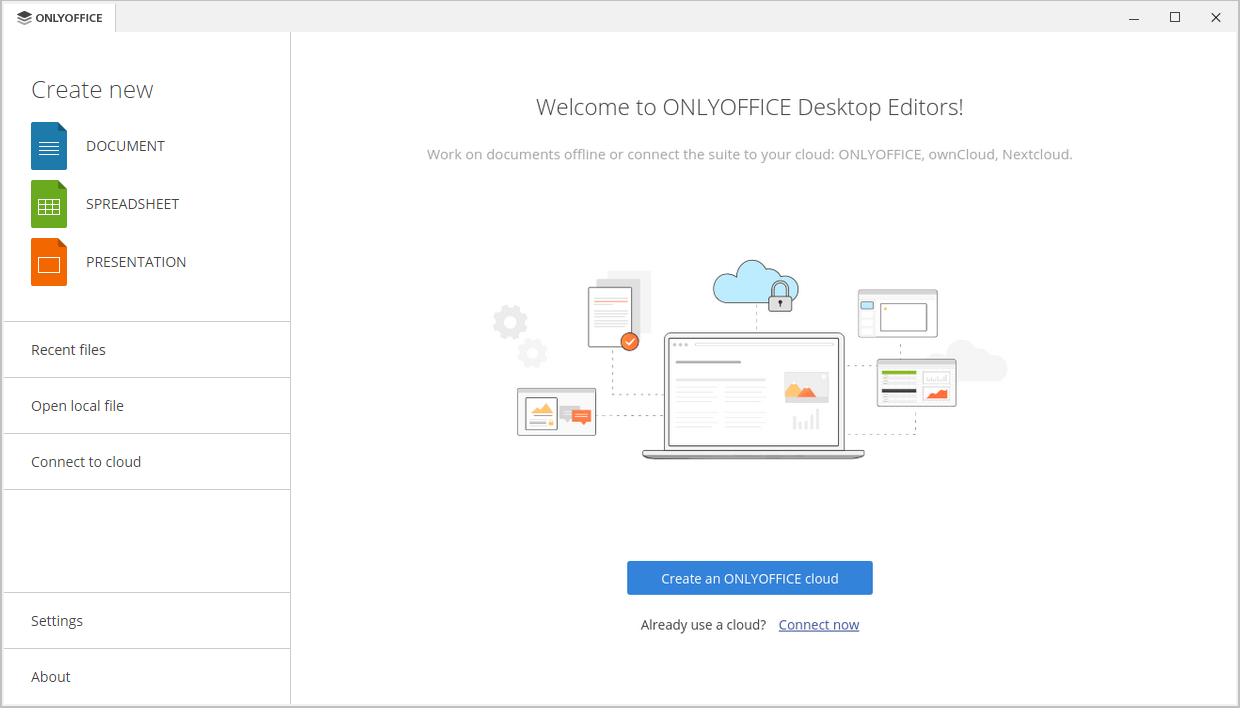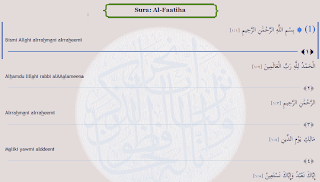
Once familiar with software-properties-gtk, you should be able to easily take care of removing repositories on most distributions.

The process for removing repositories is similar in most distributions that offer a GUI for the task. If your distribution uses KDE, this same process can be handled in the Discover app under Settings.įor the sake of simplicity, I’ll be demonstrating on Ubuntu 18.04. In some distributions, the tool is installed regardless of what app store is used. If your distribution uses the GNOME desktop, you’ll find a Software Repositories tool tucked away in GNOME Software.

The tool I want to introduce you to, software-properties-gtk, is found on many flavors of Linux. Let me show you how to remove repositories from your Linux distribution, with the help of a user-friendly GUI. Oracle Linux checklist: What to do after installation This Linux learning path will help you start using the OS like a proītop is a much-improved take on the Linux top command Open-source repository SourceHut to remove all cryptocurrency-related projects Those who would rather deal with the command line as little as possible will find this tool incredibly easy to use. Fortunately, there’s an easier way–one that’s already built into the distribution. I don’t know about you, but after installing a PPA, the official name escapes me moments later. Sure, you can install the third-party ppa-purge tool, but with that you must know the official name of the repository. One way to do this is to simply open a terminal window and comb through that directory (deleting any unnecessary.

Because of this, I try hard to keep those repositories to a minimum.

Or worse, repositories can become broken, bringing apt update to halt. That means /etc/apt/sources.d can get pretty crowded and the apt update process becomes a bit sluggish. After a year of so of working with Ubuntu Linux (or derivative such as Elementary OS), I almost always find myself with a number of repositories from software I may have installed and removed or never really needed in the first place.


 0 kommentar(er)
0 kommentar(er)
